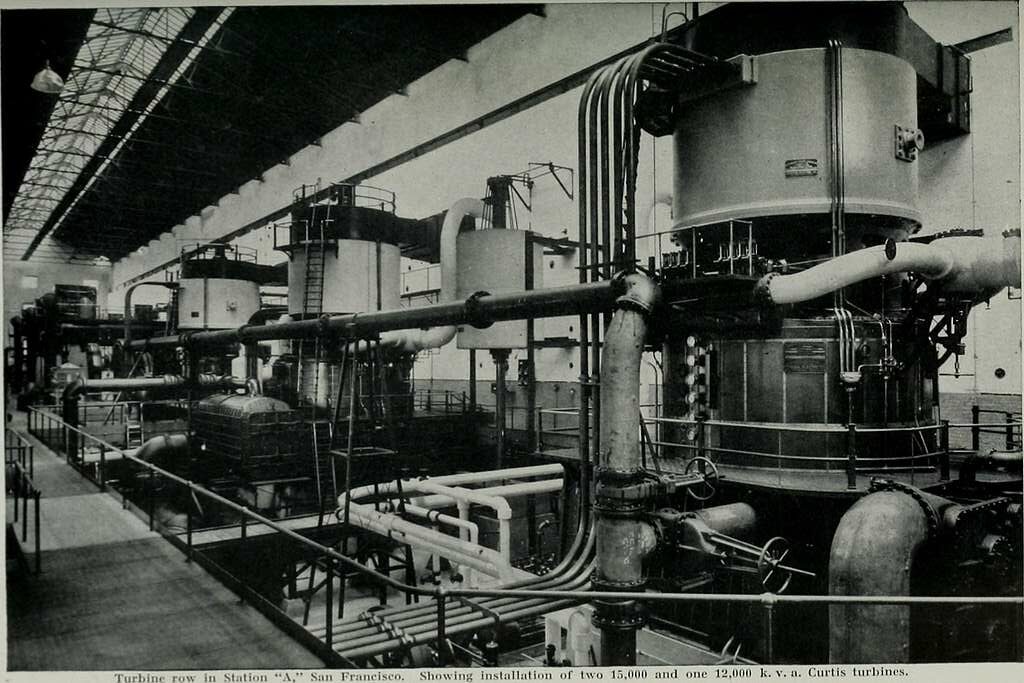
Regulation: The Scientific Age Continues
By
Branko Terzic
At the dawn of the public utility age, from the 1890’s to 1920, the United States embarked on a unique experiment in which private enterprise would deliver “public services” under what was called ‘the scientific theory” of regulation.
Professor John H. Gray addressing the Economic Club of San Francisco on July 28, 1914, summed it up in this extract from Valuation, Depreciation, and the Rate-Base (John Wiley & Sons, New York 1917) by Dr. Carl Edward Grunsky:
We have very recently entered upon the experiment of administrative control through central commissions. … The scientific theory is that utilities should render adequate, safe, and universal service, at just, reasonable, and fair prices to all, and that the sovereignty shall be the final judge in every case of these matters. This statement implies, of course, that the total gains or rewards of the owners shall be reasonable under all circumstances, including that of virtually guaranteed monopoly.
Leading the charge nationally for “scientific regulation” was U.S. Senator Robert “Fighting Bob LaFollette and the Wisconsin idea. Arguing in the Senate in 1906 for support of the Interstate Commerce Commission, Lafollette promoted the Wisconsin Idea “in the use of experts in government” by asserting that “the members of the Commission…acquire expert knowledge and become the tribunal of facts.”
Looking back over the past hundred plus years of regulation one can see the results. The U.S. at the beginning of the 21st century had well-functioning electric and natural gas systems regulated ‘scientifically’ by state public service commissions and the U.S. Federal Energy Regulatory Commission. But the regulatory path through 20th century was neither easy nor without major controversies.
The “holding company” era resulted in the passage of PUHCA legislation restructuring the industry in the 1930’s. A raging debate over the valuation of rate base took over 50 years to settle with the adoption of “original cost less depreciation” by most states and the FERC in the 1950’s. Tensions between regulators and the regulated ebbed and flowed in spite of accusations of “regulatory capture”.
Grunsky wrote in 1917 that “Public service commissions were not created to assume a hostile attitude to the public service corporations…It must not be expected, however, that mistakes will not be made. As the records to date are read, such mistakes will be found in both directions.”
Even LaFolette recognized this is his 1906 speech in which he said “The Commission may err. The judgement of the wisest, most conscientious, and most expert man is not always fallible.” But he argued that the possibility of error did not detract from the necessity of scientific regulation. It also did not obscure the fact that scientific regulation was premised on the appointment of people who were already expert on public utility matters on the day of appointment.
LaFollette, while Governor, himself was criticized for appointing Chicago lawyer David Lilienthal to the Wisconsin Public Service Commission, rather than a state resident. His response was that the state citizens needed the best expert available. Lilienthal later went on to serve as head of the Tennessee Valley Authority and the Atomic Energy Commission.
All of this regulatory dialogue dealing with state regulation of monopoly public utility companies was well underway, litigated and legislated by the time Dr. Grunsky was publishing Valuation in 1917. Even the issue of competition while settled was still nettlesome. Grunsky writes that before the adoption of the monopoly model “…it was common belief that free and unrestricted competition should be encouraged and would result in permanent advantage to the public. The fallacy of this view when large public service concerns are involved is now generally recognized….the temporary advantages may become a permanent burden.”
So, the issue of competition still merited addressing in 1917? Other issues were settled by then as well as to rate design, return on investment etc. Yet, many of the same issues before policymakers and regulators a hundred years ago are before regulators and legislators today.
- What role is there for competition with a public service model?
- What should be the role of the distribution utility?
- How should electric rates be designed, when faced with distribution competition?
- What should be the fair return?
- Should assets on the customer side of the meter be in rate base?
As I write, there is no national consensus on many of these issues, nor is one likely needed. Some states have restructured and allow retail competition. Some states rely exclusively on wholesale power markets for energy supply (kilowatt-hours) and security of power supply (sufficient kilowatts of capacity) and the state regulators regulate only distribution rates. Others follow the historic model of vertical integrated electric utilities under full state PSC regulation.
In all cases, however, the importance of the expert regulator applying “scientific’ regulation is still paramount.
The Honorable Branko Terzic is a former Commissioner on the U.S. Federal Energy Regulatory Commission and State of Wisconsin Public Service Commission, in addition to energy industry experience was a US Army Reserve Foreign Area Officer ( FAO) for Eastern Europe (1979-1990). He hold a BS Engineering and honorary Doctor of Sciences in Engineering (h.c.) both from the University of Wisconsin- Milwaukee.
#BrankoTerzic #energy #regulations #experience #research #future #opportunity #strategy #management #people #electricity #power #utilities #renewables #RenewableEnergy #energysector #powergeneration #energyindustry #sustainability #public #utility #history #scientific #technology
